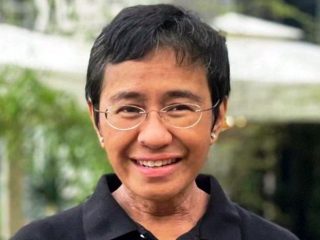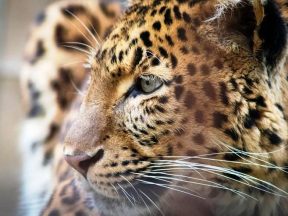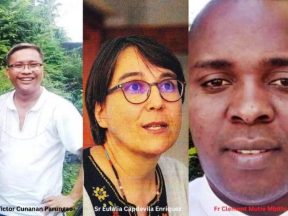Bolivia. The Birth and Growth of Ayoreo Children.
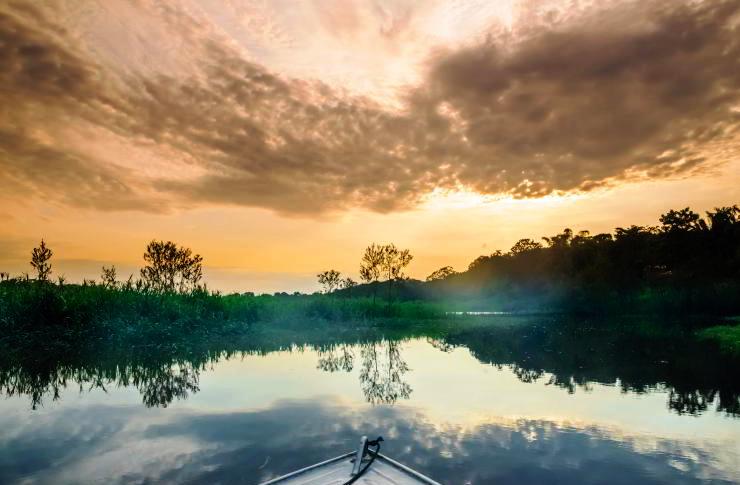
The Ayoreo are an ethnic group living in eastern Bolivia. There are about 4,000 people and they are distributed in 29 communities. A look at the birth and education of the children.
Ayoreo women prefer to give birth in their community because they want to continue with their ancestral practices, which consist of receiving a series of massages and taking of certain herbs that assist childbirth.
When the time comes for the birth, the father calls an expert woman from the community or a relative of the mother who will act as a midwife. If there are difficulties during the birth, the dahisnai
(ancestral doctor) is immediately called.
As soon as he or she arrives, the dahisnai performs his or her rituals with songs to strengthen the mother in labour.
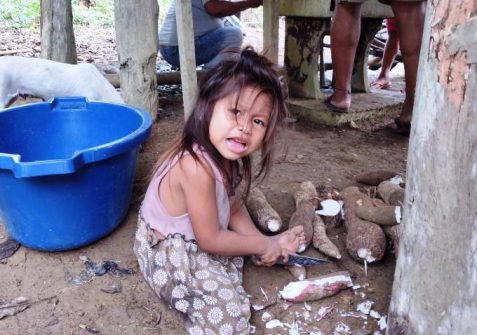
A little Ayoreo girl. File swm
Ayoreo women give birth squatting, resting their backs on the midwife’s knees. It is said that in the past, Ayoreo women practised rigorous family planning. While the newborn baby was breastfed and could not yet walk, further pregnancies were avoided to ensure good growth and adequate care. This plan required that the woman should not have sexual relations with the father, because, according to her worldview, sperm deteriorates breast milk. According to the elders, if the woman had consecutive pregnancies, the life of the newborn would be at risk of chronic disease. If twins were born, infanticide was practised, as it was considered something abnormal. According to the Ayoreo concept, this was not an act of violence but a sign of respect for human life.
Education, the responsibility of the extended family.
As for the education and care of the child in its evolutionary development process, it is primarily the mother’s responsibility. However, children’s education is also the responsibility of the extended family. Boys and girls are treated with great affection because they represent the continuity of human life. In interactions between children and adults, low-voiced conversation and eye contact are essential.
The education of children in the Ayoreo community is based on daily life practices. They learn, for example, to hunt, fish, plant and perform other activities of daily life. In addition, they are oriented in an egalitarian sense, characterized by the absence of social stratification and the accumulation of power and wealth.
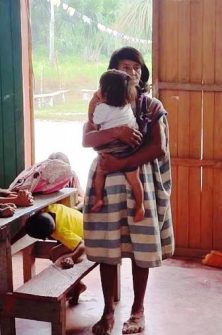
An Ayoreo woman with his little child. The education and care of the child is primarily the responsibility of the mother. File swm
This principle of equality is the basis of all aspects of the socio-cultural and political system. That is why girls and boys are introduced to this logic. As a result, knowledge is not limited to certain sectors of society but is accessible to all.
For example, the right to land: everyone must have their land and no one can be left without it. That is why their education is based on the principles of sharing, love, and solidarity, which allows them to build a harmonious and community fabric. Added to this is work and the importance of agriculture, creating small orchards and plantations and growing their crops in dispersed areas.
According to their cosmovision concept, the environment is generous and offers everything necessary for living. That is why it must be cared for with great appreciation and its generosity must not be abused, because otherwise, that abuse would fall on them in one way or another. Therefore, nature must be cared for, and respected.
A mutual participation
Another important aspect is the division of labour between the two sexes, conceived as complementary and as a mutual participation of duties and exchange of tasks. For example, it is up to the man to go hunting and look for honey to support daily life. The woman, on the other hand, helps or participates in the harvest and family decisions.
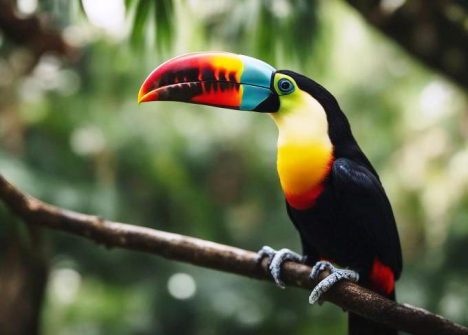
Colourful toucan bird sitting on a branch in the jungle.123rf
Duties are learned from childhood by observing and imitating the activities of adults. In this way, children are included in community activities.The learning of boys and girls increases with the development of their skills and with the progression of age. The elders accompany the boys on fishing and hunting excursions. The girls, however, stay at home to help their mothers with the harvest. This is why the ancestral education of the Ayoreo is closely linked to the forest and the grasslands, which are fundamental spaces for the training of the indigenous people in the knowledge of the local flora and fauna.
Jhonny Mancilla Pérez

